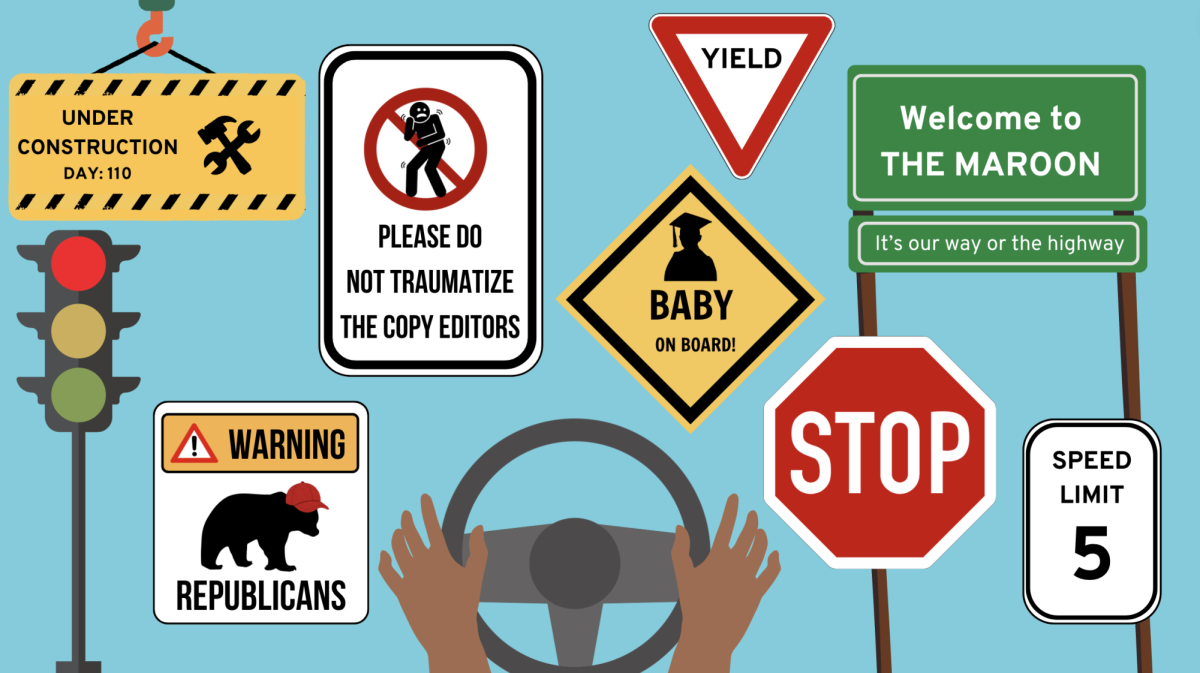As a student living in the United States, I find that it is a rare occurrence when my feet come in contact with the ground. I’m talking about real ground, earth, the essence of organic life. Instead I walk across the hardwood floor of my apartment, the paved road, or the cemented sidewalk, and my destination is usually someplace indoors. This is more the case than ever during the Chicago winter, as climate-controlled settings provide sanctuary from the unforgiving weather. I face a different problem on the inside, however, oppressed by the very walls that shelter me, keeping me warm and dry. Heating systems are hardly brilliant conversationalists, and insulated walls rarely have anything interesting to say. In such a place, we tune nature in and out like we do the radio, the television, and everything else that can be adjusted with knobs and dials in our society. We have the tools and technology to make ourselves comfortable, and, after all, what’s wrong with that?
In the Peruvian village of Cochas, a more ancient relationship between man and nature was preserved. The house in which I lived contained a few rooms and beds, and had a roof that provided shelter from the rain. But the spaces between the brick walls and the gaps in the wooden floor boards did not effectively seal off the outside air. “Indoors” was a nebulous place, in which the presence of the weather was as palpable as it was outdoors. At 13,000 feet of elevation, the temperature would drop below 30 degrees at night. Once the sun had gone down, there were two places to stay warm: by the kitchen fire, and under a mountain of wool blankets. It is not stretching the truth to say that the time of day dictated our whereabouts.
In Cochas, we were in constant dialogue with nature. In that small, poorly insulated house, I was reminded of the fire-and-brimstone sermons of the early New England preachers. When the wind howled and hail pelted the roof, it did indeed feel like being in the hands of an angry God. There is a certain vitality one experiences from living in such direct contact with nature—a heightened awareness, a sharpening of our senses. This is not an easy thing to explain, particularly in a society where comfort is the norm, but perhaps I can best tell it through a story.
Shortly after I arrived in Cochas, I decided to take a walk on the path winding up the mountainside. A mere five minutes into the walk, I found myself in an impossible situation: Ahead of me came a group of cows descending the mountain, while another group of cows—and some sheep—were making the ascent behind me. I was stuck squarely in the middle. The image of farm animals passing on a mountain road hardly conjures up the thrill of danger I experienced in that moment. In the group from above, there was a large black bull who had “noticed” a cow among the ascending group and was bellowing in lust. It is a very different think to see a bull from afar and to experience one up close. The sheer power of the creature paralyzed me. I couldn’t take my eyes off of his rippling muscles—much less his horns—and realized that should his attention shift to me, I might easily be gored. Down came the lusting bull, increasingly out of control in spite of his owner’s efforts, and up came the cow, with a good deal of reluctance, by no means oblivious of the bull’s carnal intentions. I jumped down into a shallow ravine—the one escape that presented itself—only to be followed by the cow, attempting to escape the bull. The cow might just as easily have trampled or gored me in her panic. Just what transpired in that moment is lost to me. The cow’s owner succeeded in goading her back up the bank, the bull proceeded down the mountainside, and life continued.
There were other close calls. I came across more aggressive bulls, vicious dogs in the countryside, and thieves in the marketplace. Peril was a part of life in Peru. We had regular contact with animals that could trample us or rip us limb from limb, and weather that could both freeze and burn us. The constant evidence of our vulnerability in the face of nature kept us on edge. I was always on the verge of coming down with a cold, my health was something I never took for granted.
In the United States we are also in constant danger, only we are seldom aware of it. I risk my life every time I get behind the wheel of a car, but it is nevertheless hard to convince myself that I am in real danger. After all, I enjoy the benefits of advanced society designed to make life as safe—and as comfortable—as I want. We may as well pat ourselves on the back for all the defenses we’ve built to keep us safe from nature. We block out the cold with heating and winter coats, moderate the heat with air-conditioning, and ride smoothly over nature’s original surface on paved roads. At every moment, we make choices to make ourselves comfortable, and in the United States, we are experts at this. There is only one problem with being comfortable: It anesthetizes our existence.
Why do we sit, for instance, enthralled, as we watch footage from the tsunami in Southeast Asia? Amid the outpouring of grief, I will confess to an avid curiosity, a fascination even, with nature’s power. I was awed by the devastation wrought by the waves. I even took a morbid satisfaction in watching the death toll climb, captivated by the wrath of something so powerful, so destructive. I don’t consider myself an entirely callous person, either. But sometimes I have trouble feeling things. Sometimes a disaster in a foreign land is like the pinprick that, penetrating beyond my defenses, reminds me of my birthright to feel.







